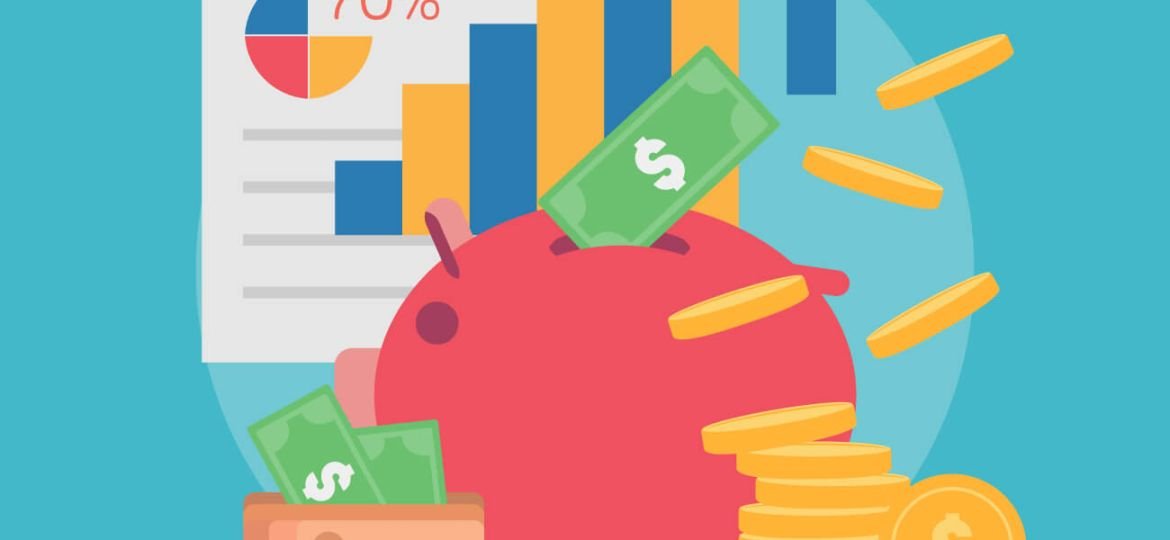
Saving money can be a daunting task, especially for those living on a tight budget. However, with the right strategies and tools, even individuals with low incomes can build a solid financial foundation and achieve their savings goals. One such strategy that has gained popularity in recent years is the biweekly savings plan.
In this blog post, we’ll explore the benefits of a biweekly savings plan, how it can be particularly advantageous for low-income households, and provide you with practical tips to implement this savings approach effectively. By the end of this article, you’ll have a clear understanding of how a biweekly savings plan can transform your financial future.
What is a Biweekly Savings Plan?
A biweekly savings plan is a simple yet powerful method of saving money. Instead of making a single monthly deposit into a savings account, you’ll make two smaller deposits every two weeks. This approach aligns with the typical pay schedule for many individuals, making it easier to manage and stick to your savings goals.
The key advantage of a biweekly savings plan is that it can help you save more money over time. By making more frequent deposits, you’ll be less tempted to dip into your savings, and the compound interest earned on your savings will grow at a faster rate.
Benefits of a Biweekly Savings Plan for Low-Income Households
For individuals and families living on a low income, a biweekly savings plan can be particularly beneficial. Here are some of the primary advantages:
1. Improved Cash Flow Management
With a biweekly savings plan, your savings contributions are spread out over the month, rather than a single lump-sum payment. This can help manage your cash flow more effectively, ensuring that you have enough funds available for essential expenses while still diverting a portion of your income towards savings.
2. Reduced Temptation to Overspend
When you only have to set aside a smaller amount of money every two weeks, it can be easier to resist the temptation to overspend. The psychological impact of making frequent, manageable deposits can be more effective than trying to save a larger amount once a month.
3. Increased Savings Potential
By making more frequent deposits, you’ll be able to take advantage of compound interest more effectively. Over time, this can lead to a significantly larger savings balance compared to a traditional monthly savings plan.
4. Flexibility and Adaptability
A biweekly savings plan can be easily adjusted to fit your changing financial circumstances. If your income or expenses fluctuate, you can easily modify the amount you contribute to your savings without disrupting your overall savings strategy.
5. Habit Formation and Consistency
Regularly saving a small amount every two weeks can help you develop a consistent savings habit. This consistency can be particularly beneficial for low-income individuals, who may struggle to maintain a savings routine due to financial pressures.
How to Implement a Biweekly Savings Plan
Implementing a biweekly savings plan is a straightforward process, and there are several ways to get started:
1. Automate Your Savings
One of the easiest ways to implement a biweekly savings plan is to set up automatic transfers from your checking account to your savings account. Many banks and online financial institutions offer this feature, making it easy to set up and forget about your savings contributions.
2. Use a Dedicated Savings Account
Consider opening a separate savings account specifically for your biweekly savings plan. This will help you keep your savings separate from your everyday spending money, reducing the temptation to dip into your savings.
3. Adjust Your Budget
Review your monthly budget and identify areas where you can cut back on non-essential expenses. Use these savings to fund your biweekly contributions, ensuring that your savings plan is built into your overall financial strategy.
4. Leverage Windfalls
If you receive any unexpected income, such as a tax refund or a bonus from work, consider using a portion of that money to jumpstart your biweekly savings plan. This can help you build momentum and establish a solid savings foundation.
5. Start Small and Gradually Increase
Don’t feel like you have to start with a large savings amount. Begin with a small, manageable contribution, and gradually increase the amount as your financial situation allows. The key is to develop the savings habit and build momentum over time.
Saving Money Chart and Tracking Your Progress
To help you visualize your savings progress and stay motivated, consider creating a simple savings chart or graph. This can be as straightforward as a spreadsheet or a more visually appealing chart that you can display in your home.
Your savings chart should include the following elements:
- Biweekly savings contribution amount
- Date of each deposit
- Running total of your savings balance
- Milestones or savings goals you’re working towards
By regularly updating your savings chart, you’ll be able to see the tangible progress you’re making and stay motivated to continue your biweekly savings plan.

Strategies for Low-Income Households
For low-income households, implementing a biweekly savings plan may require a bit more creativity and resourcefulness. Here are some additional strategies to consider:
1. Reduce Expenses
Carefully review your monthly expenses and identify areas where you can cut back. This could include negotiating bills, reducing discretionary spending, or finding ways to save on essential expenses like groceries or transportation.
2. Increase Income
Look for opportunities to increase your income, such as taking on a part-time job, freelancing, or exploring side hustles that fit your skills and schedule.
3. Utilize Government Programs and Assistance
Research and take advantage of any government programs or assistance that you may be eligible for, such as tax credits, subsidies, or income-based benefits. These can help free up funds to contribute to your biweekly savings plan.
4. Seek Financial Counseling
Consider reaching out to a financial counselor or nonprofit organization that specializes in helping low-income individuals and families manage their finances. They can provide valuable guidance and support to help you implement a sustainable biweekly savings plan.
Ready to take control of your finances? Visit upgrade.com now to explore a range of financial products, including Personal Loans, Auto Refinance Loans, Home Improvement Loans, Personal Credit Lines, and Upgrade Card. Let Upgrade help you achieve your financial goals today!
Frequently Asked Questions (FAQs)
1. How much should I save in my biweekly savings plan?
The amount you save in your biweekly savings plan will depend on your individual financial situation and goals. As a general rule, aim to save at least 10-15% of your net income. Start with a smaller amount if necessary and gradually increase your contributions over time.
2. What if I miss a biweekly savings contribution?
Don’t worry if you miss a biweekly savings contribution. The key is to get back on track as soon as possible. You can either make up the missed contribution in the next pay period or adjust your future contributions to make up the difference.
3. Can I use my biweekly savings for emergencies?
Your biweekly savings should be treated as a dedicated emergency fund. While you can access these funds in case of unexpected expenses, try to avoid dipping into them for non-essential purchases. Maintaining a separate emergency savings account can help you preserve your biweekly savings plan.
4. How long does it take to see significant results from a biweekly savings plan?
The time it takes to see significant results will depend on the amount you’re saving and your overall financial situation. However, many people report seeing a noticeable increase in their savings balance within the first 6-12 months of implementing a biweekly savings plan.
5. Can I use a biweekly savings plan for other financial goals?
Absolutely! While a biweekly savings plan is an excellent way to build an emergency fund, you can also use it to save for other financial goals, such as a down payment on a home, a vacation, or retirement.
Conclusion
Implementing a biweekly savings plan can be a game-changer for low-income households, providing a practical and effective way to build financial resilience and achieve your savings goals. By taking advantage of the improved cash flow management, reduced temptation to overspend, and increased savings potential, you can transform your financial future and create a solid foundation for long-term financial stability.
Remember, the key to a successful biweekly savings plan is to start small, be consistent, and gradually increase your contributions over time. With dedication and a bit of creativity, you can make the most of this powerful savings strategy and take control of your financial well-being.
So, what are you waiting for? Start your biweekly savings plan today and take the first step towards a brighter financial future!
Share Your Expertise, Build Your Business. Tired of limitations?
Create & sell online courses with Teachable. Keep 100% control. Start your free!


















